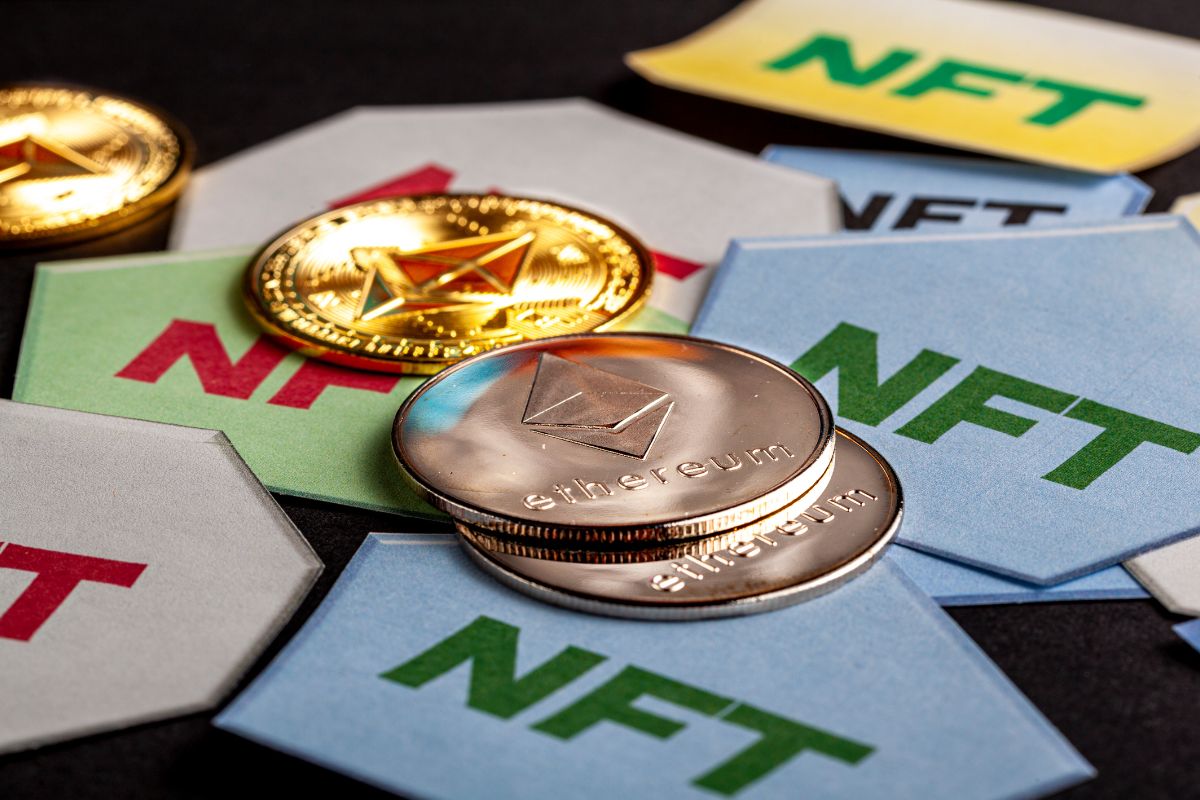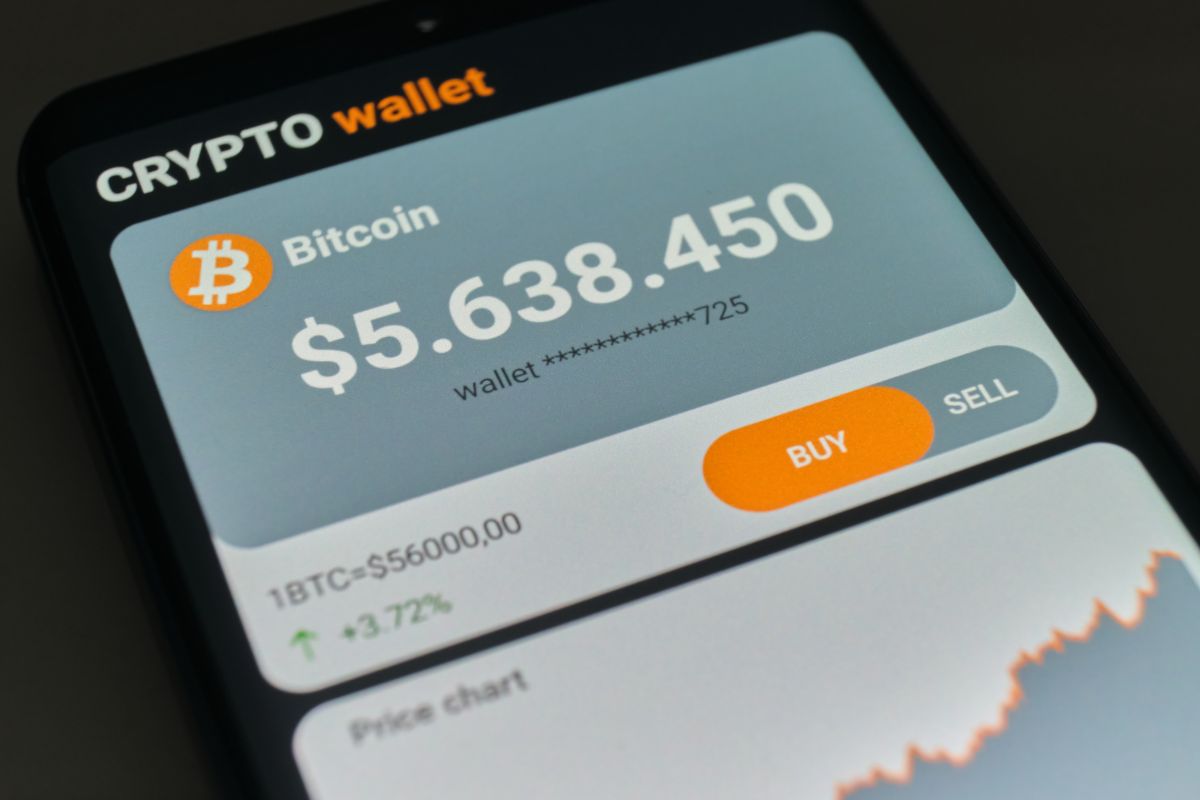A blockchain crypto wallet is a digital tool designed to securely store, manage, and transact cryptocurrencies. With the rise in popularity and adoption of digital currencies, understanding and choosing the right crypto wallet has become crucial for anyone involved in the blockchain space. Whether you’re a seasoned investor or a newcomer, it is an essential component of your crypto journey.
Types of Blockchain Crypto Wallets
1. Software Wallets
- Desktop Wallets: These are installed on your computer and provide convenient access to your crypto assets. Examples include Exodus and Electrum.
- Mobile Wallets: Designed for smartphones, mobile wallets offer on-the-go access to your cryptocurrencies. Popular options include Trust Wallet and Coinbase Wallet.
2. Hardware Wallets
Hardware wallets are physical devices that store your private keys offline, providing an extra layer of security against cyber threats. Leading brands include Ledger and Trezor.
3. Paper Wallets
A paper wallet involves printing your private and public keys on a piece of paper, which you then store in a safe place. While this method is highly secure against online attacks, it is vulnerable to physical damage or loss.
4. Web Wallets
Web wallets are accessed through your web browser, offering convenience but potentially less security compared to hardware or paper wallets. Examples include Blockchain.info and MetaMask.
How Blockchain Crypto Wallets Work?

1. Blockchain Technology Overview
At its core, blockchain technology is a decentralized ledger that records all transactions across a network of computers. Each transaction is grouped into blocks, which are linked together in a chain, ensuring transparency and immutability.
2. Wallet Address and Private Keys
A blockchain crypto wallet consists of a public address, which is visible to others and used to receive funds, and a private key, which is kept secret and used to authorize transactions. The security of your wallet relies on keeping your private key confidential.
3. Transaction Process
When you make a transaction, your wallet signs it with your private key, which is then broadcasted to the blockchain network. Miners or validators confirm the transaction, adding it to the blockchain.
Choosing the Right Blockchain Crypto Wallet
1. Security Features
- Encryption: Look for wallets that use strong encryption to protect your private keys.
- Backup and Recovery: Ensure the wallet provides options for backing up and recovering your funds in case of device failure.
2. User Interface and Experience
A user-friendly interface can make managing your crypto assets easier. Choose a wallet that matches your technical proficiency and comfort level.
3. Supported Cryptocurrencies
Check whether the wallet supports the cryptocurrencies you intend to store and manage. Some wallets offer a wide range of options, while others are limited to specific coins.
4. Cost and Fees
Some wallets are free, while others may have associated costs. Be aware of any transaction fees or service charges that may apply.
5. Compatibility
Ensure the wallet is compatible with your operating system and devices. For example, a desktop wallet should work with your PC’s OS, and a mobile wallet should be compatible with your smartphone.
Setting Up a Blockchain Crypto Wallet
1. Creating a Wallet
Follow the wallet provider’s instructions to create a new wallet. This usually involves generating a private key and a public address.
2. Backing Up Your Wallet
Create a backup of your wallet’s private key or seed phrase. Store this backup in a secure location, separate from your device.
3. Securing Your Wallet
Use strong passwords and enable two-factor authentication (2FA) if available. Avoid sharing your private key with anyone.
4. Adding Cryptocurrencies
To add cryptocurrencies, you can either receive funds from another wallet or exchange your fiat currency for crypto through a supported platform.
Using Your Blockchain Crypto Wallet

1. Sending and Receiving Crypto
To send cryptocurrency, input the recipient’s wallet address and the amount you wish to transfer. Confirm the transaction and wait for network validation. Receiving funds involves providing your public address to the sender.
2. Checking Balance and Transaction History
Regularly check your wallet’s balance and transaction history to monitor your assets and ensure there are no unauthorized activities.
3. Managing Multiple Wallets
If you manage multiple wallets, use a wallet manager or separate applications to keep track of your various accounts.
Common Issues and Troubleshooting
1. Lost or Forgotten Private Keys
If you lose access to your private key, recovering your wallet may be impossible. Ensure you keep your backup in a safe place.
2, Wallet Not Syncing
If your wallet isn’t syncing with the blockchain, check your internet connection and wallet software updates. Restarting the wallet or device may also help.
3. Failed Transactions
Failed transactions can occur due to network congestion or insufficient funds. Verify transaction details and try again.
Best Practices for Blockchain Crypto Wallets
1. Keeping Software Updated
Regularly update your wallet software to benefit from security patches and new features.
2. Avoiding Phishing Scams
Be cautious of phishing attempts and only use official wallet websites and apps. Verify URLs and avoid clicking on suspicious links.
3. Regular Backups
Create regular backups of your wallet to protect against data loss. Store backups securely and keep them separate from your main device.
Future Trends in Blockchain Crypto Wallets

1. Integration with DeFi and NFTs
Future wallets may offer seamless integration with decentralized finance (DeFi) platforms and non-fungible tokens (NFTs), expanding their functionality.
2. Enhanced Security Measures
Expect advancements in security measures, such as biometric authentication and multi-signature wallets, to further protect your assets.
3. User Experience Improvements
Future wallets may focus on improving user experience with more intuitive interfaces and better customer support.
FAQs
1. What is the best blockchain crypto wallet for beginners?
For beginners, a user-friendly software wallet like Trust Wallet or Coinbase Wallet is often recommended due to its ease of use and accessibility.
2. How can I recover a lost blockchain crypto wallet?
Recovering a lost wallet typically involves using a backup seed phrase or private key. If these are not available, recovery may not be possible.
3. Are hardware wallets safer than software wallets?
Yes, hardware wallets are generally considered safer than software wallets due to their offline storage and enhanced security features.
4. Can I use the same wallet for different cryptocurrencies?
Many modern wallets support multiple cryptocurrencies, allowing you to manage various assets from a single interface.
5. How often should I back up my crypto wallet?
It’s a good practice to back up your wallet whenever you make significant changes, such as adding new cryptocurrencies or updating wallet software.
Conclusion
Choosing and using a blockchain crypto wallet is crucial for managing your digital assets securely and efficiently. By understanding the different types of wallets, their functions, and best practices, you can make informed decisions to protect your investments. Stay vigilant and up-to-date with the latest developments to ensure your crypto journey remains smooth and secure.






